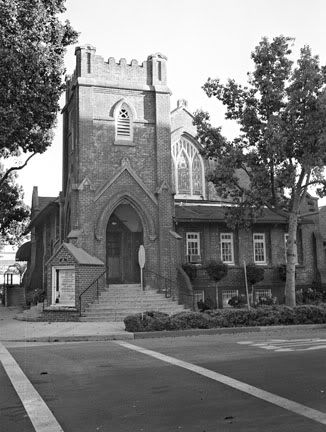XP2 is one of my very few "go-to" films for both my personal work and stuff I do for clients. Kodak's BW400CN is also good, but XP2 is both scanner-friendly
and printable in the wet darkroom as well, so it's my choice.
A few thoughts:
- Processing: you ought to check out the place you get your film souped at, to be sure their machinery and chemistry is more-or-less up to snuff. Shoot two rolls in quick succession and drop them off to two different labs, scan 'em, and compare.
- Scanning: the scanner you have sounds decent enough, but perhaps you're not "working" the scanner software/plug-in quite enough. If you find the software that came with the scanenr lacking, a not-crazy-expensive alternative I've come to love is
VueScan , which I use a good deal with my scanners, and generally allows more control than most software bundled with scanners.
- Exposure: as with most black-and-white films, XP2 responds nicely to at least a bit of overexposure (I generally rate it at EI 320; a lot of people who use the film rate it around EI 200). Underexposure is something to avoid unless truly necessary.
Hope this helps a little.
- Barrett




